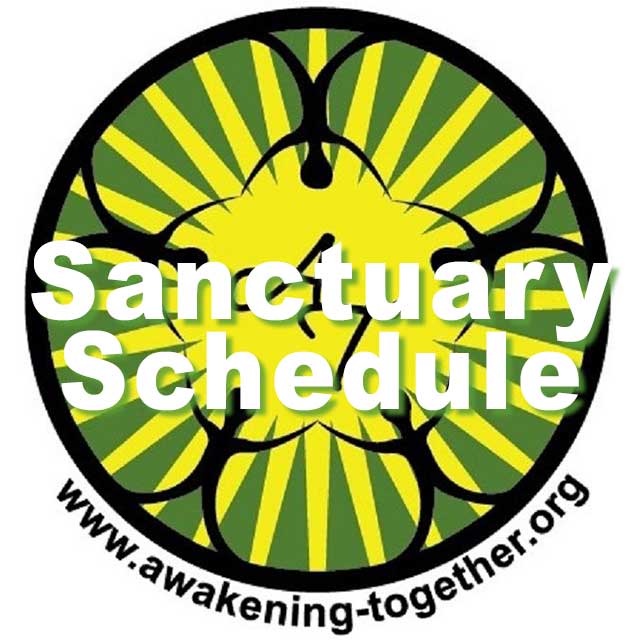LESSON 163. There is no death. The Son of God is free.
The lesson begins: “Death is a thought that takes on many forms, often unrecognized. It may appear as sadness, fear, anxiety or doubt; as anger, faithlessness and lack of trust; concern for bodies, envy, and all forms in which the wish to be as you are not may come to tempt you.”
This lesson makes clear that “death is a thought.” Thus, it is nothing more than the ultimate answer to the thought, “What if everything were different than it is?” If everything is life, wouldn’t the opposite of life be it’s (seeming) absence – or death?
Death but seems to loom over what we have created because we wished it could be so. The wish for death was not different in kind from the others, but rather the sum total of the impossibility of the dream. What is death? Death is the ultimate illusion.
We have imbued this idea with the certainty and the constancy of What Is In Truth—Life. The lesson refers to this when it states: “Here is the strength and might of God Himself perceived within an idol made of dust. Here is the opposite of God proclaimed as lord of all creation, stronger than God’s Will for life, the endlessness of love and Heaven’s perfect, changeless constancy.”
Everything that is born, dies. If something has a beginning, it will also have an end. But that which has no beginning has no end; it is eternal.
Today’s lesson encourages us to look beyond form, which is temporary, to the spirit of all living things, which is eternal. Life itself, which is God and is all things, has no beginning and no end. For life, death is impossible. You can see that if you look beyond specifics.
Eckhart Tolle says of life and death in “Stillness Speaks:”
When you walk through a forest that has not been tamed and interfered with by man, you will see not only abundant life all around you, but you will also encounter fallen trees and decaying trunks, rotting leaves and decomposing matter at every step. Wherever you look, you will find death as well as life.
Upon closer scrutiny, however, you will discover that the decomposing tree trunk and rotting leaves not only give birth to new life, but are full of life themselves. Microorganisms are at work. Molecules are rearranging themselves. So death isn’t to be found anywhere. There is only the metamorphosis of life forms. What can you learn from this?
Death is not the opposite of life. Life has no opposite. The opposite of death is birth. Life is eternal.
Temporary form comes and goes. That is the law of impermanence. But life lives. That is all it can do. That is its nature.
Awakening is the realization that you (and other living things) are not the temporary form. You are life itself.
Practice noticing life. It is the exchange of like with like. This is key! Can you share your life with all things? Oneness expands far beyond your mind’s ability to comprehend—you literally are that which you see. Nothing exists in isolation. Everything is the burgeoning sea of life. This is what you are—Life Eternal.
Today we will continue to practice Self-inquiry by looking throughout the day to notice life-presence as what we are.
Today, when your mind thinks about a problem that you are facing, try this exercise:
Look at the problem that the mind is thinking about. Ask yourself, “Has this problem always been here? Will this problem, in one way or another, have an end?” And then notice that as an example of impermanence.
Next, shift attention to your Self. Ask, “What am I? What is aware of these thoughts about a problem?” Look carefully to notice the life-presence that is aware of thought. Notice that in your experience, you, as life-presence, has always been constant. You have experienced the coming and going of many problems, but this life-presence has remained the same. Reflect for a few moments on the continuous nature of life-presence, and then say to yourself, “There is no death. The son of God is free.”
For another effective method of noticing your free Self today, instead of being identified with thoughts about temporary problems, watch this 5-minute video by Loch Kelly:



